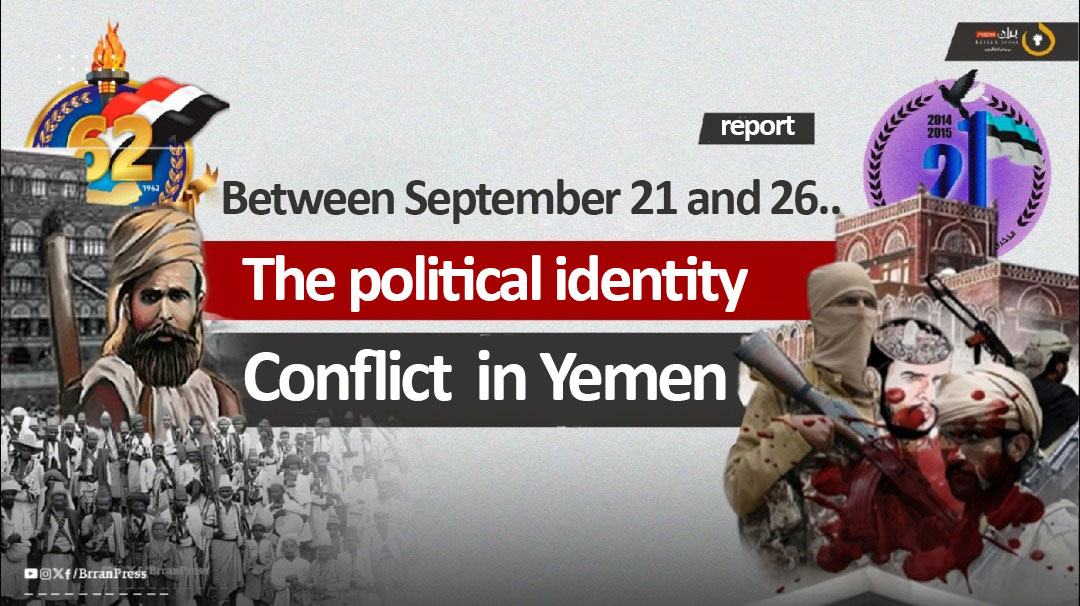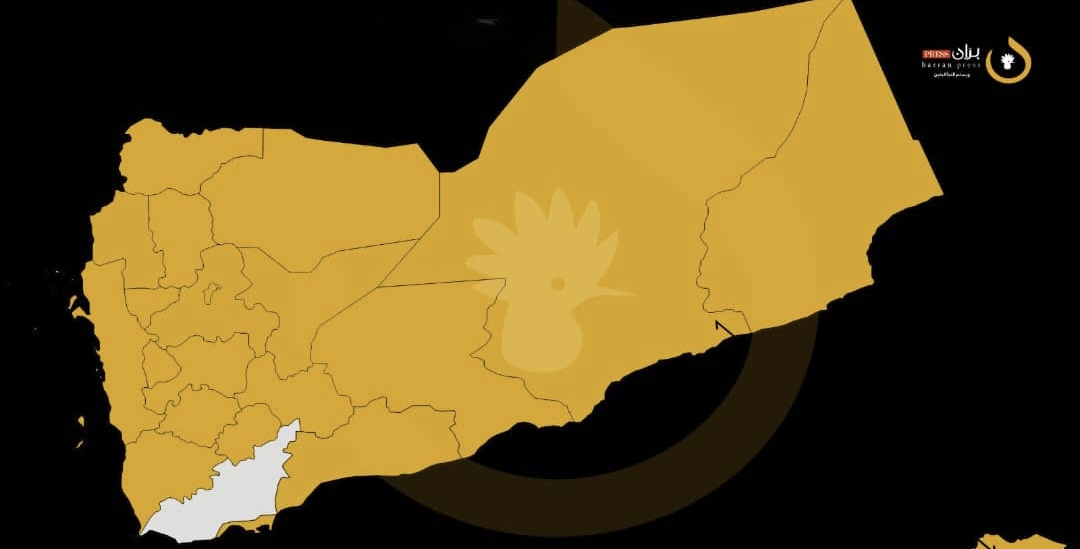
Barran Press - By Aynas Alhmyary
September 26, 1962, marks a pivotal moment in Yemeni history, symbolizing the birth of the Yemeni Republic following the overthrow of the Imamate regime through a revolution led by the Free Officers, supported by widespread public backing.
Conversely, September 21, 2014, stands as a dark day in Yemen's timeline, when the Iran-backed Houthi group seized control of the capital, Sana'a, effectively overthrowing the legitimate government and plunging the nation into an ongoing cycle of conflict and violence.
Between these two dates lies a profound struggle for Yemen's political identity—a republic founded on the will of the people versus a sectarian religious agenda seeking to revert Yemen to its imperial past.
Historical Context
Prior to the September 26 revolution, Yemen had endured centuries of Zaydi Imamate rule, with power concentrated in the hands of the Imam, who governed under religious sanction, monopolizing all political and economic decisions while intervening in every aspect of life.
During this time, Yemen was largely isolated from the outside world, lacking essential services such as education and healthcare, resulting in widespread ignorance, disease, and poverty.
The goals of the September 26 revolution centered around liberation from autocratic monarchical rule and the establishment of a modern state founded on the principles of freedom, equality, and social justice. Following the declaration of the Yemeni Republic, the new state embarked on building its institutions, modernizing the country, establishing a national army, and developing an educational system, alongside launching various projects to improve infrastructure.
Republican Unity
Professor Abdulwahab Al-Awj, an academic and political analyst, noted that "the 1962 revolution was not isolated from the regressive and Imamate forces that sought to exploit the prevailing conflicts at the time, but victory emerged after the republican forces united in the Battle of the Seventy Days."
He further explained that this battle represented a turning point for the new Yemeni Republic.
Political researcher Amr Saad emphasized that "one of the revolution's main challenges was the absence of public awareness regarding its significance."
He added that "the Yemeni people had lived under the control of the Imams, who turned society into hopeless puppets, making the elite's task of instigating change considerably more difficult."
The September 26 revolution achieved numerous milestones, including improved social and political conditions, the establishment of a modern educational system, and expanded educational opportunities for all societal segments, which helped reduce illiteracy rates. The country also witnessed enhancements in healthcare services and infrastructure. However, the republic faced significant challenges, including political coups, tribal conflicts, and regional and international interventions.
Professor Al-Awj explained that these challenges were "the result of the previous Imamate regime's attempts to infiltrate state institutions over the years, culminating in the resurgence of its influence with the September 21, 2014 coup."
Resurgence of the Imamate
In the 1990s, the Houthi group emerged in northern Yemen as a religious and political movement rooted in the Zaydi sect, which subscribes to the notion of "divine right" to rule. The group capitalized on the turmoil following the Arab Spring and the weakening of central government authority to capture Sana'a on September 21, 2014, initiating a period marked by chaos and civil war.
According to political analyst Amr Saad, "What transpired on September 21, 2014, was a revival of the Imamate system in a new form. The Houthis do not believe in the republic or pluralism; instead, they exploit every opportunity to entrench their sectarian regime."
Professor Al-Awj added that "the political Hashemite influence embedded within the Yemeni state over the years capitalized on the divisions following the Arab revolutions to gain control of Sana'a." He stated, "The Houthis claim to be fighting against extremists, yet in reality, they are battling all national forces."
The Houthi coup led to the collapse of state institutions, exacerbating economic crises and curtailing public freedoms as they imposed sectarian and economic policies designed to bolster their power.
Regionally, the Houthis' control heightened tensions between Saudi Arabia and Iran, embedding this conflict within the broader regional struggle among major powers.
A Crossroads for Yemen
As the conflict between the People’s Republic and the sectarian Houthi agenda continues, Yemen finds itself at a crossroads. The principles and aspirations of the September 26 revolution represent hope for Yemenis in building a modern civil state, while September 21 symbolizes the deepening suffering caused by Houthi ambitions to restore an Imamate system that Yemenis have fought for decades to dismantle.
Political analyst Amr Saad lamented that "Yemen is unfortunately heading toward a fragile state shaped by regional and international powers. The peace being touted is merely a façade for the tragic conditions faced by Yemen due to the ongoing war."
The republic enshrined the idea of the people's right to governance, rejecting any religious or tribal entity's monopoly over power. It aimed to build a state grounded in civil institutions and law while fostering social and economic development.
In stark contrast, the Houthis seek to revive sectarianism and religious control, basing their political agenda on a minority of religious elites under the doctrine of "divine right," the very foundations that Yemenis opposed and overthrew during the September 26 revolution.
Moreover, the Houthis rely on military force to impose their will, disregarding the people's desires or the law, which opens the door to a prolonged struggle to define Yemen's political identity in the future.





